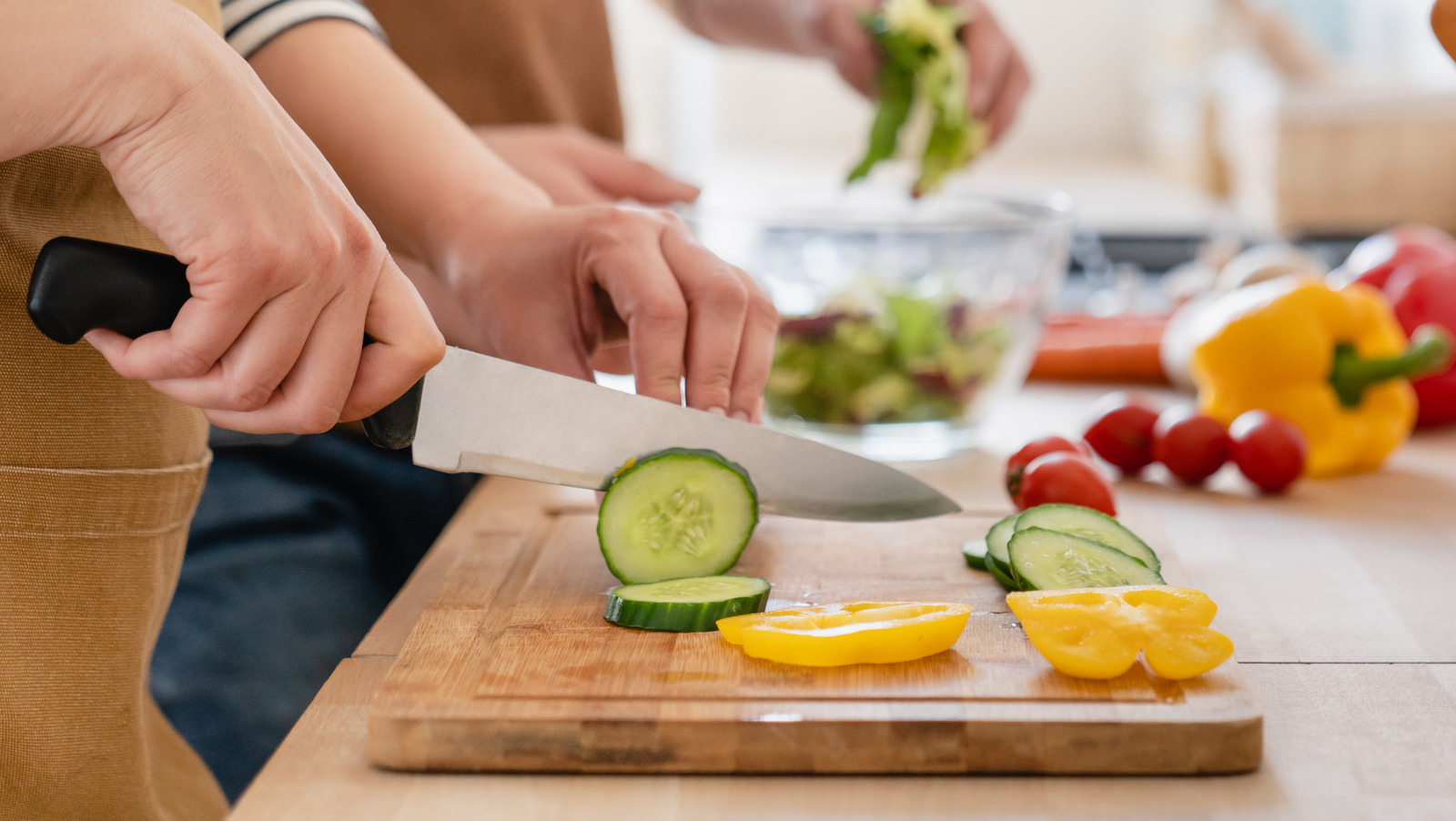
Introduction: Why Care is Crucial for Your Wooden Cutting Board
Your wooden cutting board is a crucial part of your kitchen. Proper care ensures it lasts for years.
This guide will walk you through the necessary steps to ensure your wooden cutting board remains in top condition.

Understanding Your Wooden Cutting Board
Types of Wood Used in Cutting Boards
Various woods like maple, walnut, and cherry are commonly used for cutting boards.
The Benefits of Wooden Cutting Boards
Wooden boards are durable, knife-friendly, and naturally antimicrobial.

Initial Preparation of Your Wooden Cutting Board
Cleaning Before First Use
Always clean your new cutting board before using it for the first time.
Seasoning Your Wooden Cutting Board
Seasoning is vital for longevity. Use mineral oil to season your board.
Daily Maintenance Routine
Cleaning After Each Use
Wash with mild soap and warm water. Avoid soaking in water.
Sanitizing Your Wooden Cutting Board
Use vinegar or hydrogen peroxide to sanitize, especially after cutting meat.
Deep Cleaning Techniques
Using Lemon and Salt
Scrub your board with half a lemon and coarse salt for deep cleaning.
Baking Soda for Stubborn Stains
Baking soda is effective for removing stubborn stains.
Long-Term Care Tips
Regular Oiling
Oil your cutting board regularly to keep it moisturized and prevent cracking.
Dealing with Cracks
Use wood glue to fix minor cracks. Always ensure the board is dry before gluing.
Storing Your Wooden Cutting Board
Proper Storage Techniques
Store your board in a dry, upright position to ensure proper air circulation.
Why Avoid the Dishwasher
The dishwasher is too harsh and can cause your wooden cutting board to warp and crack.
Maintaining a Work-Ready Cutting Board
Implementing a Rotation System
Rotate between multiple boards to give each one a break and extend its life.
Regular Inspections
Inspect your board regularly for signs of wear and tear.
Environmental Impact and Sustainability
Choosing Eco-Friendly Options
Opt for cutting boards made from sustainably sourced wood.
Additional Tips and Tricks
Avoiding Cross-Contamination
Use separate boards for meat and vegetables to prevent cross-contamination.
Investing in Quality
High-quality boards might be more expensive but offer better longevity and performance.
FAQ Section
How often should I oil my wooden cutting board?
It is recommended to oil your cutting board once a month or when it looks dry.
Can I use any oil for seasoning?
No, only use food-grade mineral oil or specialized cutting board oil.
How do I remove odors from my cutting board?
Use lemon and salt or baking soda to scrub the board and remove any odors.
Learn more about caring for your cutting board at CuttingBoard.com.
As an Amazon Associate, I earn from qualifying purchases.
As an Amazon Associate, I earn from qualifying purchases.


